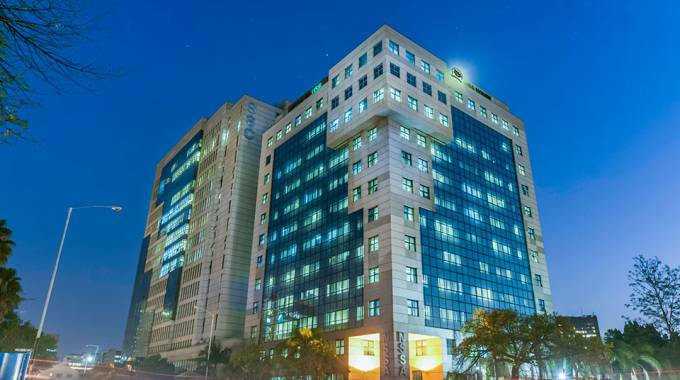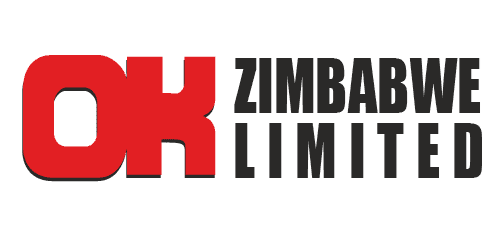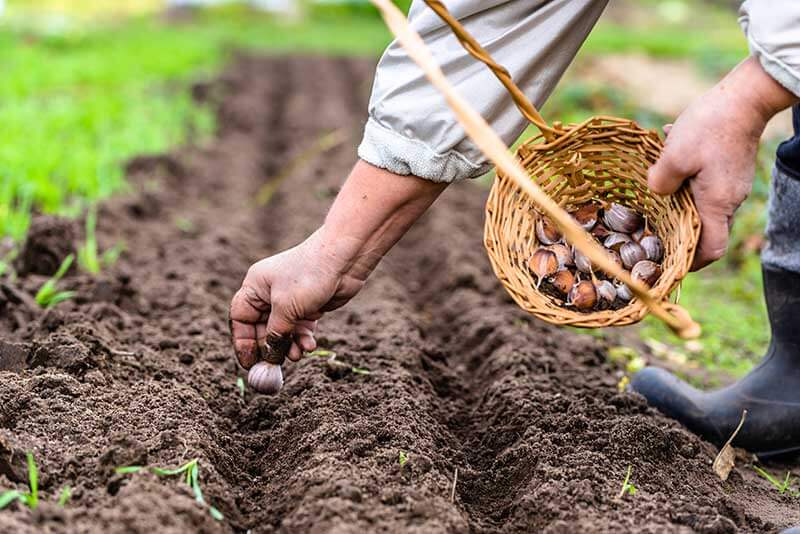Pfumvudza initiative game-changer for cotton sector
Commonly referred to as white gold, cotton is one of the most amazing and multi-purpose crops in the world.
Discovered thousands of years ago, this natural fibre is still one of the most used fibres across the globe. It is used in textiles, beauty and food processing, among other uses.
The history of cotton can be traced to domestication.
The crop played an important role in the history of the United States, India and the British Empire. Up to this day, cotton continues to be an important commodity and crop.
One of the most interesting facts about the crop is that the US dollar bill is made up of 75 percent cotton. Cotton is used because of its durability. If the bills were entirely made of 100 percent paper, they would not stand the test of time.
Following the Pfumvudza concept’s success in maize production, which saw the country getting a bumper harvest in the 2020/21 season, the Government of Zimbabwe has widely adopted climate-proofing agricultural practices for cotton production in the 2021/2022 cropping period.
To revamp the sector, the Government has come up with measures to bring the once high foreign currency earner back on track.
Chief among such initiatives is the Pfumvudza/Intwasa programme recently launched by President Mnangagwa in Gokwe.
Gokwe is known for its cotton growing activities.
Pfumvudza/Intwasa safeguards the gains of the land reform programme and promotes climate-proofing and conservation agriculture.
It aims to incorporate agro-ecology aspects to climate-proof smallholder agricultural production.
The post-2000 Fast Track Land Reform Programme has had a minimal impact on cotton production, since this sector has traditionally relied heavily on small-holder farmers.
Ministry of Lands, Agriculture, Fisheries, Water and Rural Development permanent secretary, Dr John Basera, said: “Pfumvudza is a crop production intensification approach under which farmers ensure the efficient use of resources (inputs and labour) on a small area of land in order to optimise its management”.
In the past season, farmers who followed the recommended Pfumvudza practices in maize farming, such as full mulch cover, recommended fertiliser application levels, timely crop planting, pest and disease management, and recommended crop spacing leading to optimal plant populations, achieved an average of 7,8 tonnes per hectare.
This is 700 percent more than yields from conventional farming, averaging a tonne per hectare; guaranteeing household cereal security for 33 weeks.
Therefore, Pfumvudza has a cutting edge over other agricultural practices.
Under the Pfumvudza/Intwasa roll-out, at least 520 000 households in marginalised rural areas will receive cotton inputs.
The climate-proofed cotton scheme is aimed at increasing production.
Following the successful roll-out of the scheme on maize production, and other traditional grains in the past, Zimbabwe registered the highest ever bumper harvest in grain production since 1985.
In the 2020/2021 season, farmers produced 2 717 171 tonnes against a national requirement of 2,2 million tonnes of maize, a clear testimony to how Pfumvudza can turn around the agricultural sector.
Climate change is not necessarily bad for the cotton industry, as the temperature changes are beneficial for cotton.
The crop thrives in sunlight. What happens in the agriculture industry is crucial in determining the economic trajectory of the country.
To that end, the Second Republic has made significant strides to boost agricultural production in line with the expectations of Vision 2030 to achieve an upper middle income economy.
Cotton earnings used to constitute more than half of Zimbabwe’s exports before being overtaken by tobacco as a major foreign currency earner.
The Government is aptly responding to the challenges facing the sector through implementing enabling policies to ensure the crop remains afloat.
Cotton is also considered an important cash crop in rural areas, as it provides income for most households.
In terms of improving food security and development in cotton growing areas, like Gokwe North District, there are synergies between cash cropping and food crop productivity.
Households engaging intensively in cotton production obtain higher grain yields than non-cotton and marginal cotton producers.
Therefore, promoting the sector has spillover benefits to the livelihoods of local communities. The cotton sector has established formal institutional linkages and informal networks.
A myriad of benefits accrue from promoting the cotton industry, which would see marketing companies collaborate with researchers in improving seed varieties.
Corporates and other stakeholders take part in field days and other joint activities, promoting social cohesion, providing loans and extension officers.
Tours are also initiated to enable interested farmers from new cotton growing regions to visit the Cotton Research Institute where training is offered.
Meanwhile, although there had been some challenges of side-marketing, the Government put corrective measures in place.
Due to the influx of unscrupulous players, all cotton buyers are now required to prove that they supported growers during production before they are issued with export permits.
The rejuvenation of the cotton sector is key to the revival of the local textile industry.-The Herald









